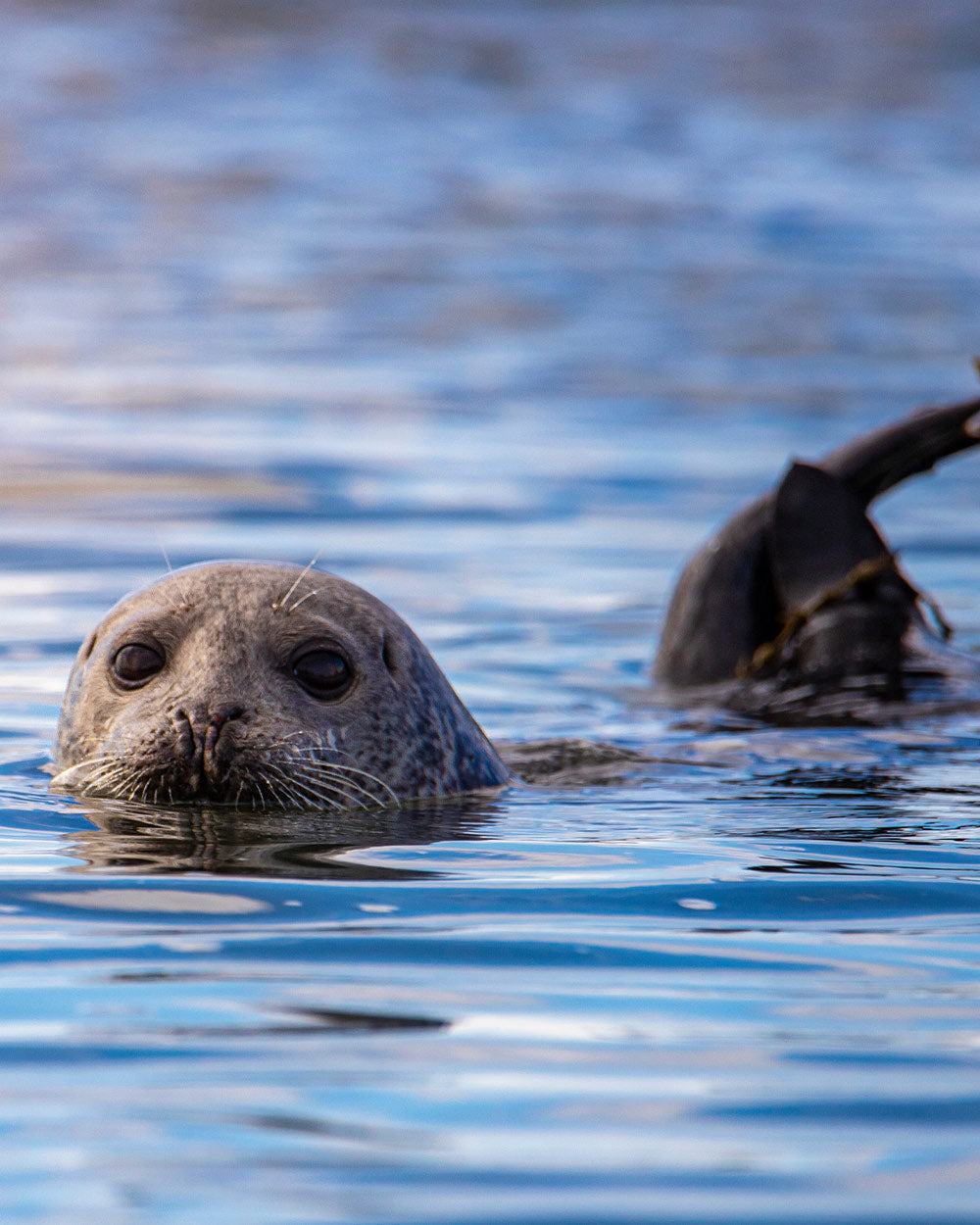Avian Flu Outbreak Detected in Canadian Harbor Seals for the First Time
Matthew Russell
Adobe Stock / Andrea Izzotti
The recent outbreak of avian flu in Canada's harbor seals is a cause for concern for marine life in the region. The infection, which is also known as H5N1, has been detected in twelve harbor seals in Quebec's St. Lawrence estuary.
This is the first known case in Canada of bird-to-marine mammal transmission, and coincides with outbreaks in seals reported in Europe and the eastern United States, including recently in Maine. It could have serious implications for the region's wildlife, according to Fisheries and Oceans Canada.
 Photo: Adobe Stock / Jakub
Photo: Adobe Stock / JakubBird flu, also known as avian influenza, is a viral disease that primarily affects birds, but can also infect humans and other animals, including seals.
Harbor seals are an important part of the ecosystem in the St. Lawrence estuary. They are a top predator, and they help to maintain the balance of the food chain in the region. They are also a popular tourist attraction, drawing visitors from around the world to see them in their natural habitat.
The avian flu outbreak in harbor seals is a worrying development for the region. The virus is highly contagious and can be deadly to both birds and mammals. In birds, the virus can cause severe respiratory illness, and it can also be transmitted to humans, the Cleveland Clinic reports. In mammals, including seals, the virus can cause a range of symptoms, from mild respiratory illness to severe neurological damage.
 Photo: Adobe Stock / Akkharat J.
Photo: Adobe Stock / Akkharat J.Harbor seals are an important part of coastal ecosystems and help to regulate populations of their prey species.
The outbreak is believed to have been caused by direct contact with infected wild birds, The New York Times reports. Seals are known to congregate on rocks where birds and ducks also gather, which may explain how they are getting infected. However, scientists are still trying to understand the full extent of the transmission and what factors are contributing to the outbreak.
One of the concerns with the outbreak is the potential for it to spread to other marine mammals, including whales and dolphins, PBS reports. While seals are susceptible to the virus and can die from it, other marine mammals are believed to be able to carry the virus without showing symptoms. This means that they could act as carriers and spread the infection further.
 Photo: Adobe Stock / Andrea Izzotti
Photo: Adobe Stock / Andrea IzzottiHarbor seals are a popular species for ecotourism, but excessive human disturbance can disrupt their behavior and cause stress.
The outbreak is also a reminder of the fragility of ecosystems and the interconnectedness of species. The avian flu outbreak in birds was first detected in Quebec in the fall of 2022. Since then, it has spread to harbor seals, highlighting the importance of monitoring and understanding the health of wildlife populations.
Efforts are underway to contain the outbreak and prevent it from spreading further. The Canadian Food Inspection Agency is currently validating the test results, and Quebecers are being advised to report any dead seals they find to the Quebec Marine Mammal Emergency Response Network.
 Photo: Adobe Stock / Iwona
Photo: Adobe Stock / IwonaHarbor seals are protected by various laws and regulations, including the Marine Mammal Protection Act in the United States.
"They'll be able to cope with this. It's going to be most likely associated with the decrease of the population [short-term], but in the long term, they should be okay," Stéphane Lair, the Quebec regional director with the Canadian Cooperative Wildlife Health Centre and a wildlife health specialist at the Université de Montréal, told the CBC.
This outbreak is also a reminder of the need for greater investment in wildlife health and conservation. As habitats are destroyed and populations are disrupted, the risk of disease outbreaks increases. By investing in monitoring and research, as well as habitat protection and restoration, we can help to protect wildlife and prevent the spread of disease.
 Photo: Adobe Stock / Arnie Lund
Photo: Adobe Stock / Arnie LundWildlife populations can be severely impacted by outbreaks of bird flu, with large numbers of birds and mammals dying from the disease.
If steps are taken to prevent the spread of the virus, and if the population is given time to recover, the long-term impact may be minimal. Ultimately, the health of the harbor seals and other wildlife in the region is a barometer of the health of the ecosystem as a whole. By working to protect these species, we can help to safeguard the health of our planet.
Click below to help stop the spread of bird flu and protect wildlife!
Matthew Russell is a West Michigan native and with a background in journalism, data analysis, cartography and design thinking. He likes to learn new things and solve old problems whenever possible, and enjoys bicycling, spending time with his daughters, and coffee.




















